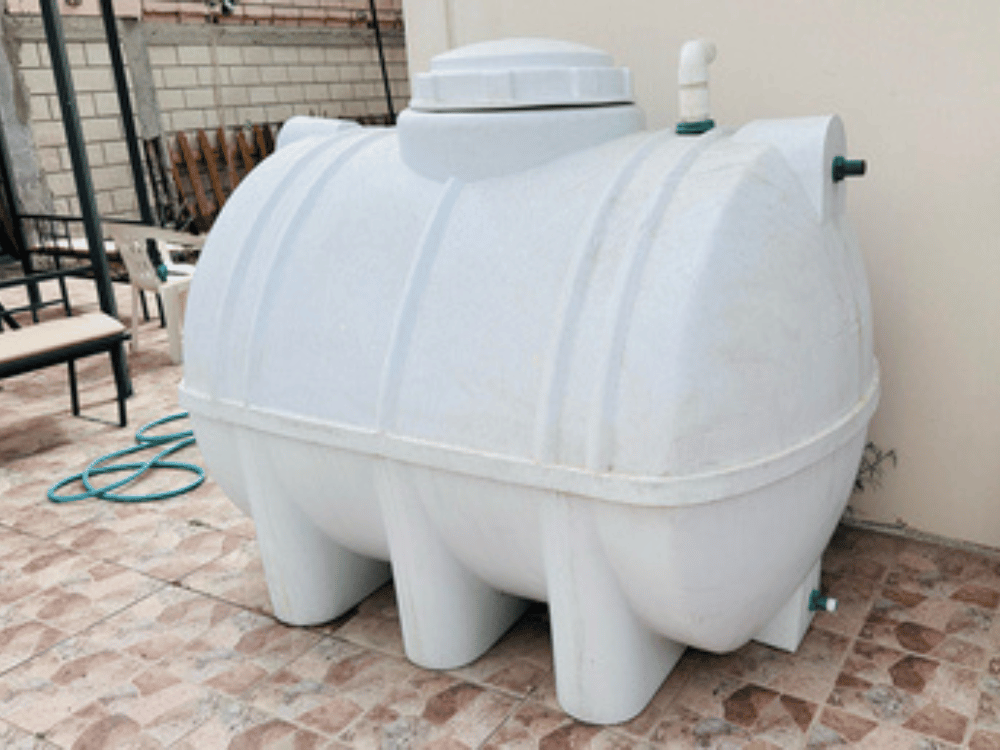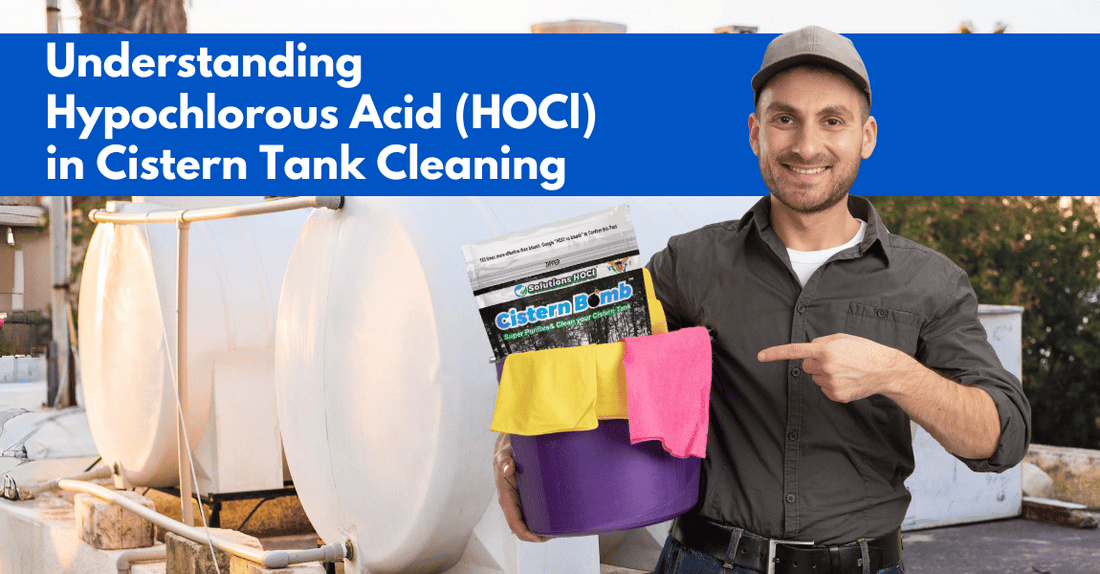Hypochlorous Acid (HOCl) plays a pivotal role in maintaining cleanliness and functionality of cistern tanks, crucial components of water collection and storage systems. Understanding the mechanism of action and practical applications of HOCl in cistern tank cleaning is essential for efficient water management and environmental stewardship.

Mechanism of Action
- Chemical Reactivity: HOCl, an active species in chlorine solutions, operates through oxidation, facilitating the breakdown of organic matter commonly found in cistern tanks. This chemical reaction removes contaminants, thus enhancing water quality.
- Environmental Compatibility: Upon decomposition, HOCl returns to harmless substances like water and salt, minimizing the risk of residual contaminants in the water supply or surrounding ecosystem. This environmentally friendly attribute underscores HOCl's suitability for cistern tank cleaning.
- Comprehensive Cleaning: HOCL delivers comprehensive cleaning across various environments, promising safety, non-toxicity, and residue-free results.

Practical Use in Cistern Tank Maintenance
Application Technique: Diluting HOCl to an optimal concentration ensures effective cleaning while minimizing adverse environmental effects. Proper application to cistern tank surfaces eradicates organic buildup, preventing stored water contamination.
Enhanced Efficiency: Regular application of diluted HOCl maintains cistern tank integrity by inhibiting the accumulation of organic matter, thus preventing blockages and ensuring unimpeded water flow. This proactive approach prolongs the tank's lifespan and promotes sustainable water management practices.
Environmental Considerations: Adhering to recommended concentrations and application methods aligns with environmental stewardship principles. By choosing a cleaning agent like HOCl that decomposes into harmless components, individuals contribute to preserving ecological balance around cistern tank installations.
Solutions HOCL® cleaning formula incorporates Hypochlorous Acid (HOCl) as a fundamental ingredient, leveraging its oxidation process to effectively disrupt and neutralize contaminants within cistern tanks.

Powered by HOCl Crystals -. SolutionsHOCL® Cistern Bomb super cleans and purifies your cistern tank water.
Google "HOCl World's Best Cistern Tank Cleaner" & "HOCl vs bleach" to Confirm these Facts
HOCl's role as a potent cleaning agent is supported by scientific research, and for those seeking deeper insights into its properties, we offer access to a curated selection of studies conducted by reputable sources such as US government agencies and universities.
These resources aim to enrich our understanding of HOCl's efficacy in cleaning applications. However, it's critical to note that these studies are provided for informational purposes only. They do not make specific health claims or endorsements of our product. Rather, they offer valuable insights into the broader scientific research surrounding HOCl, enhancing comprehension without directly attributing claims to our proprietary formula. Visit here for Scientific Studies
Towards EPA Certification: As we work towards EPA certification, rest assured of our constant commitment to excellence and community well-being.
Conclusion
Incorporating Hypochlorous Acid (HOCl) into cistern tank cleaning protocols exemplifies a commitment to effective maintenance strategies that prioritize operational efficiency and environmental sustainability. By utilizing HOCl's potent cleaning properties within safe parameters, individuals can maintain cistern tanks' functionality while protecting the surrounding ecosystem. This holistic approach underscores the importance of informed decision-making and the responsible use of cleaning agents in water management practices. Visit Solutions HOCL® Cistern Bomb for more insights

